REDSEC is Battlefield’s new free-to-play offshoot that sits alongside Battlefield 6 and opens the door to anyone, even if you don’t own the base game. It packages three distinct ways to play—Battle Royale, Gauntlet, and Portal—on Fort Lyndon, a sprawling Southern California battleground built for large-scale destruction and squad tactics.
Fort Lyndon: the stage for all three modes
Every REDSEC mode leans on Fort Lyndon, a huge, mixed-use playspace that spans dense city blocks, military compounds, beaches, and suburbs. It’s the largest Battlefield map to date, and it’s designed for the series’ trademark destruction: you can breach walls, collapse structures, and turn rubble into cover. Vehicles matter here too; helicopters, boats, and even golf carts are scattered across the map to change the tempo of an engagement or a rotation.
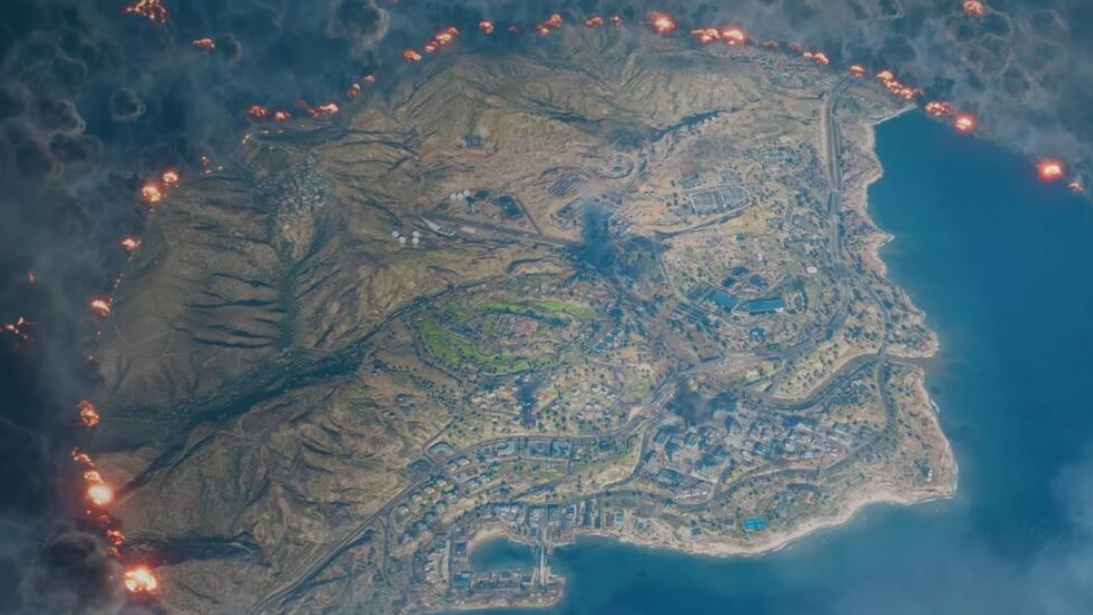
Battle Royale (100 players)
Battlefield’s take on Battle Royale drops 100 players into Fort Lyndon and supports two squad formats at launch: 25 squads of four or 50 duos. The core Battlefield class system carries over but is tuned for last-squad-standing play, and progression inside a match hinges on “Training Paths” that unlock or upgrade class abilities as you find intel and complete on-map tasks.
What to expect once you drop:
- Classes, adapted for BR: Battlefield roles return with tweaks. For example, Assault benefits from faster armor and gadget recharge for consistent pressure, while Support starts with extra plates and ammo and can rank into stronger revive and team regen perks.
- Match-long progression: Hidden intel caches and ad-hoc missions accelerate Training Path unlocks and can grant access to high-value gear or vehicles.
- Tactical destruction: Breach, collapse, and reshape cover to create sightlines or deny enemy pushes.
- Full sandbox mobility: Helicopters, boats, and light runabouts change the calculus of every rotation.
- Loot and loadout hunting: Crates seeded around the map supply weapons, armor plates, ammo, and gadgets.
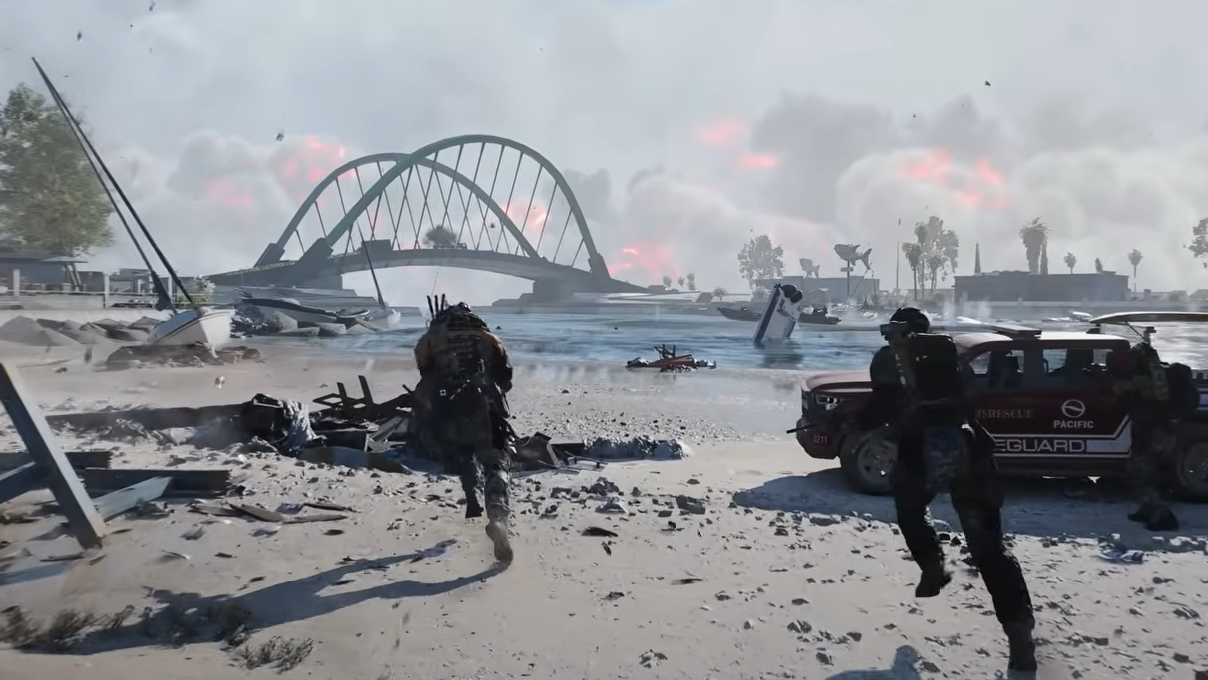
Gauntlet (8 squads, round-based elimination)
Gauntlet is a tournament-style sprint built around objectives. Eight squads of four battle through four short missions. After each mission, the lowest-scoring squads are cut, while the top performers gain extra Training Path progress to carry into the next round. If players drop mid-operation, high scorers can be reassigned to fill surviving squads so matches stay competitive. Mission types rotate and locations shift, so no two runs feel the same.
| Mission type | What your squad does |
|---|---|
| Circuit | Capture and link control terminals; the broader your network, the stronger your hold. |
| Decryption | Secure locator beacons and hold them while they transmit data. |
| Wreckage | Find, carry, and plant charges on enemy M-COM sites, then detonate. |
| Vendetta | Protect your High Value Target while hunting the enemy’s marked player. |
| Deadlock | Fight for control over a contested zone in a king-of-the-hill setup. |
| Contract | Lean into squad wipes and revives; eliminations matter, but teamwork keeps you in the race. |
| Extraction | Collect data at consoles and safely extract the drives via drones. |
| Heist | Infiltrate, steal objectives from enemy territory, and return them to score. |
Each Gauntlet session builds intensity as the cut line rises. Expect quick pivots between modes—your squad will swap from point control to bomb runs to VIP protection in a single run, and your composition and gadgets need to adapt with it.
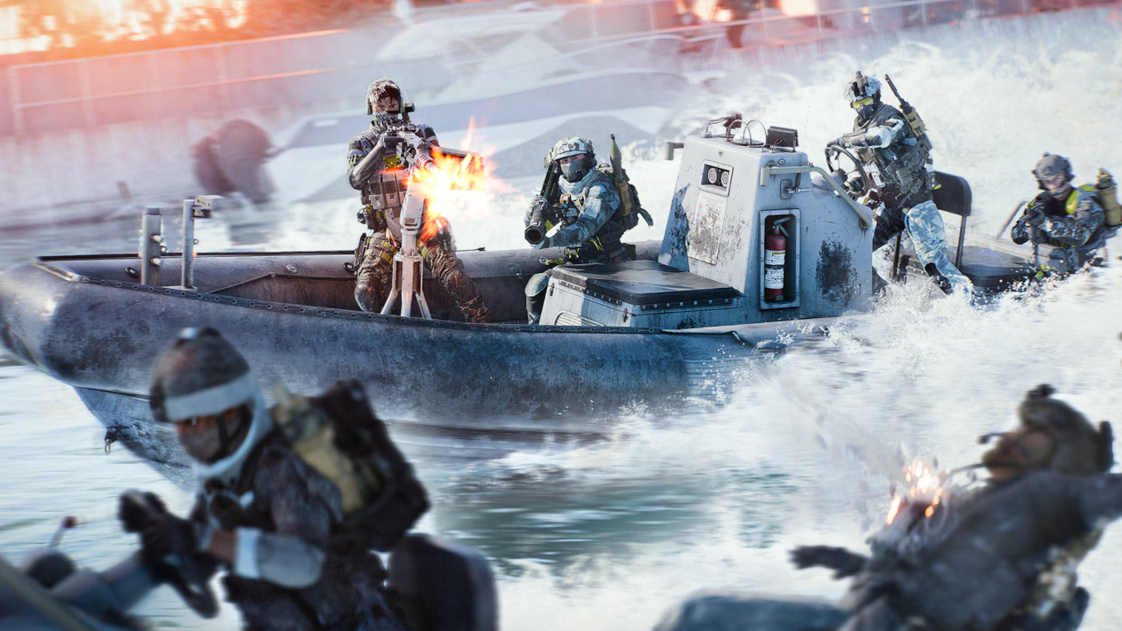
Portal (custom experiences and map remixing)
Portal folds REDSEC’s content into Battlefield’s powerful creation suite. You can adjust fundamental rules—player counts, weapon and vehicle pools, health regen, movement speed—and use the Spatial Editor to carve out custom playspaces from Fort Lyndon.
- Fort Lyndon in slices: The map is segmented into six creator-ready areas. Two are available now, with the remaining four rolling out later as optimization and tooling improve.
- SDK cadence: The REDSEC SDK adds assets you can build with today, with more planned during the season. Gauntlet-specific assets are not included at launch and will arrive in a later update.
- Cross-ownership perks: If you own Battlefield 6, you can blend content across both titles for hybrid modes inside Portal.
To start building, install the updated Portal SDK from the Battlefield experiences hub at portal.battlefield.com/bf6/experiences.
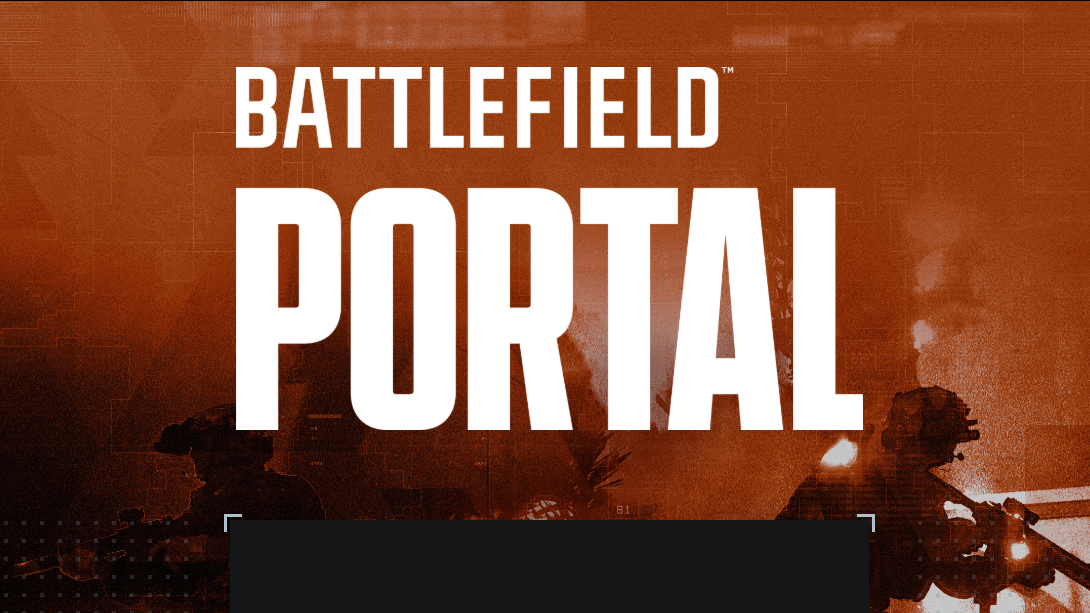
Modes at a glance
| Mode | Players / squads | Win condition | Core loop | Map use |
|---|---|---|---|---|
| Battle Royale | 100 players; 25 quads or 50 duos | Last squad standing | Loot, complete on-map tasks to power up classes, rotate with vehicles, survive the collapse | Full Fort Lyndon |
| Gauntlet | 32 players; 8 squads of 4 | Outscore and outlast across four missions | Objective-focused rounds, eliminations between missions, squad reassignments keep lobbies full | Rotating slices of Fort Lyndon |
| Portal | Creator-defined | Creator-defined | Customize rules, kits, movement, and playspaces; publish and play community experiences | Segmented Fort Lyndon playspaces (rolling out) |
Classes and Training Paths, in practice
REDSEC keeps Battlefield’s class backbone but leans into on‑match growth. Training Paths tie your class to unlocks as you progress in a round. The goal is to nudge squads into complementary roles without forcing rigid loadouts. The changes that matter most in moment‑to‑moment play:
- Assault retains tools for vertical flanks and gets faster armor and gadget cycles to enable repeated pushes.
- Support begins with extra plates and ammo, and can grow into stronger revives and regen boosts for nearby teammates.
Because Training Paths are fueled by exploration and small objectives (like cracking intel caches), aggressive teams can earn power spikes early—just expect those detours to draw other squads looking for the same upgrades.
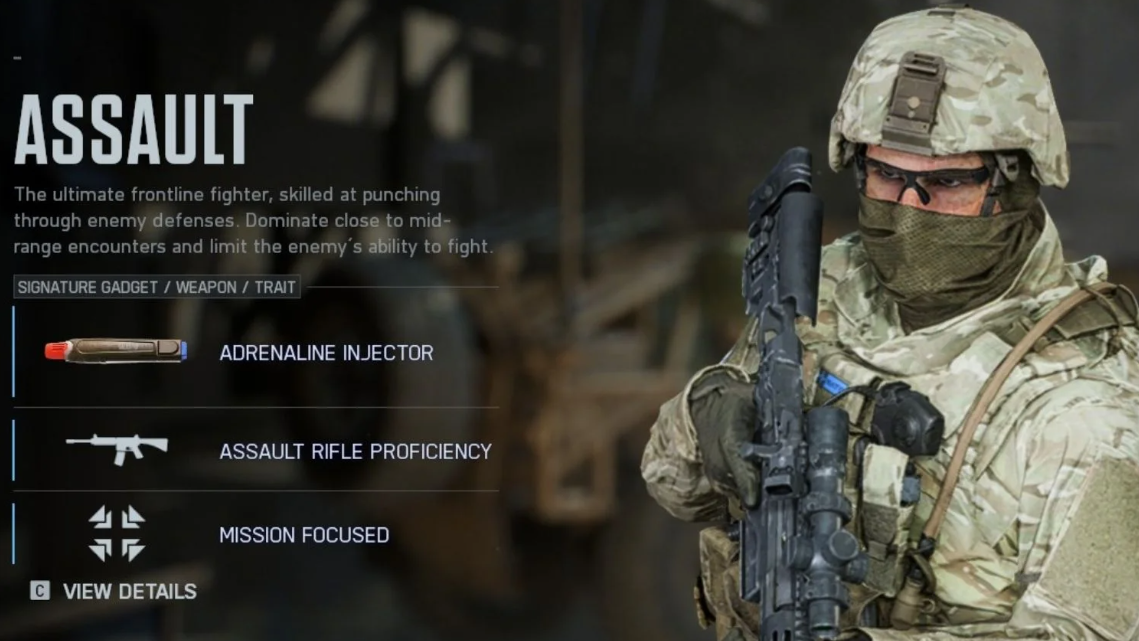
What’s rolling out next
REDSEC launches alongside Battlefield 6’s first season and will evolve on a regular cadence. Additional Fort Lyndon playspaces for Portal, SDK updates, and Gauntlet asset support are planned, with broader seasonal drops bringing new content across the ecosystem. If you’re building in Portal, keep an eye on SDK updates; if you’re competing, expect mission variety and tuning to expand over time.


